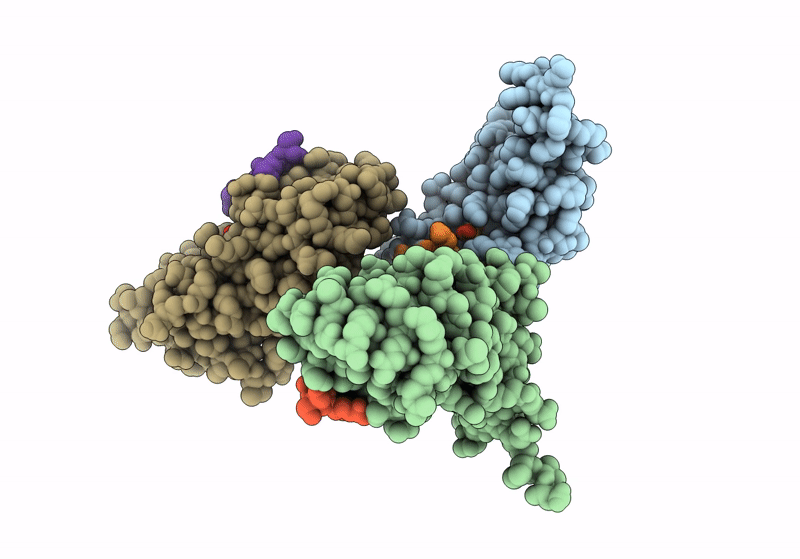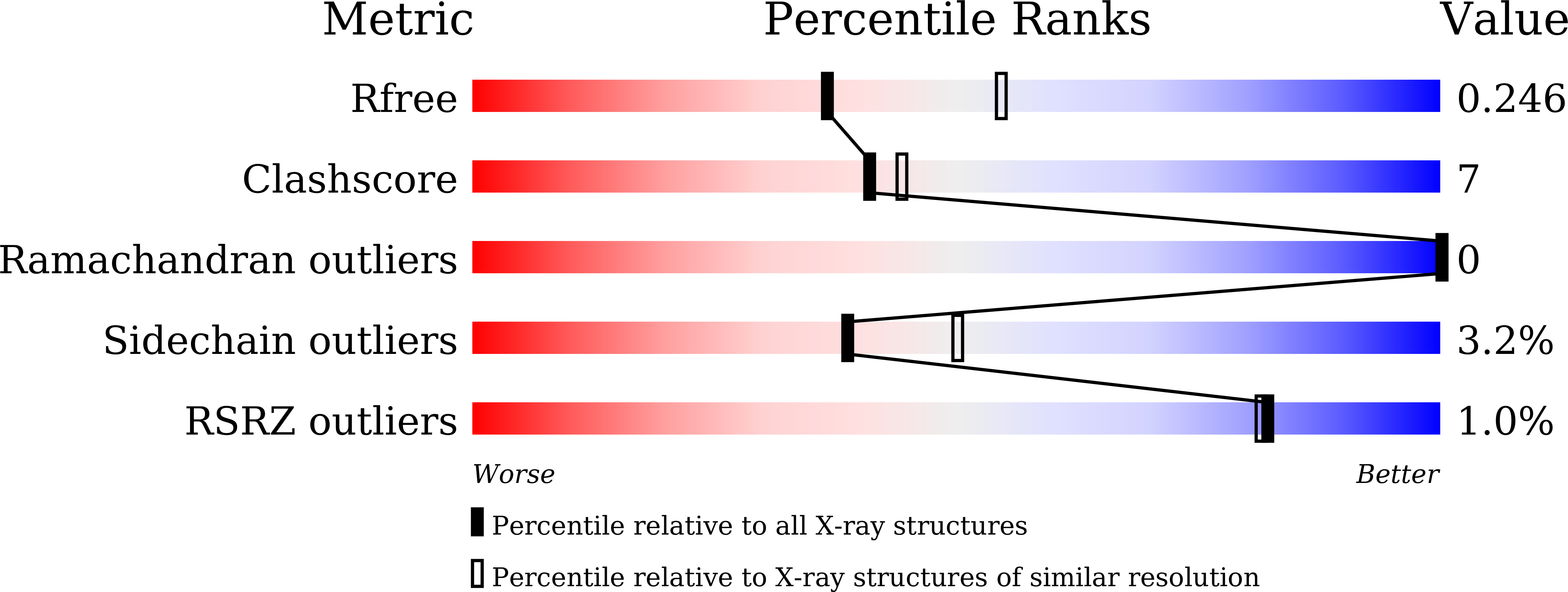
Deposition Date
2023-04-04
Release Date
2024-01-03
Last Version Date
2024-11-20
Method Details:
Experimental Method:
Resolution:
2.43 Å
R-Value Free:
0.24
R-Value Work:
0.20
R-Value Observed:
0.20
Space Group:
C 1 2 1


